No. 287: GARY SMITH / Without warning, the greatest feature writer in the biz walked away at the top of the game.
Did he drop a hint? That and a find inside a collection of the master's works. Maybe even a lead.
My abebook’s buy: Note the staple in the middle at the top of the paperback’s cover.
WHILE I’m a committed reader of e-books, a lot of old titles of interest aren’t available in Apple’s or Kindle’s stores, so I head over to abebooks.com a couple of times a week. When I think of the hundreds of hours I’ve spent over the years in used bookstores—longtime readers know I’m not going to romanticize it. I wish I had them all back. For all the finds in the aisles and bins and occasional great deals (e.g., not one but two Ross Macdonald first editions with pristine jackets for $10 a throw) , shopping online means rarely coming up dry. Can’t beat it for efficiency.
That said, even a book bought online can offer surprises.
So it was the other day when I ordered the cheapest available paperback of Beyond The Game, an anthology of stories from Gary Smith, who was the best feature writer in the business as the big dog at Sports Illustrated 20 years back, who kicked ass at the National Magazine Awards as a routine and who walked away from the game in 2013 without explanation. I remember presuming that Smith was taking a writer-at-large job at Esquire or maybe pouring himself into book-length non-fiction, maybe even taking on the Great American Novel challenge. Another likely destination was Hollywood—”Someone to Lean On,” Smith’s real-life story about a developmentally challenged young man and a high-school football coach in South Carolina, was adapted for the screen for the 2003 movie “Radio” with a heavyweight cast that included Cuba Gooding Jr and Ed Harris in the principal roles, with a deep bench that included the great Debra Winger and Alfre Woodard. (Here’s the imdb.com link, which notes that Smith didn’t get a credit.)
Yeah, Hollywood would be the fit—more than any who’d claim so, Smith was a writer who happened to draw a paycheque from Sports Illustrated rather than a sportswriter, a scribe. A couple of box-office smashes, a screen-writing Oscar and then we’d be talking about SI as Smith’s career warm-up.
From a New York Times profile of Smith in 2008:
His essays are genuine tear-jerkers and tales of redemption, utterly free of wry detachment. The people he profiles describe the experience as cathartic, some saying that Mr. Smith explains things about them that they had not understood themselves.
“People warned me he’d get deep inside my head, but I had no idea,” said Mike Veeck, a baseball executive whose relationship to his family and his work got the Smith treatment. “That piece could have saved me 20 years of psychoanalysis.”
Mr. Smith’s work shows his fascination with race: a black coach in Amish country, those American Indian basketball players and poor black kids playing polo, to name just a few.
And also from the Times piece a hint that his fully entered his subjects’ storyworlds, that they often became his extended family, feeding a deep-seated need.
Sally Smith, a former sportswriter, and their three children, now in college, long ago became used to the idea that Mr. Smith’s subjects would become part of their lives.
“We’ve had contact pretty steady since Gary came up here in ’96,” said Harold Jones, a retired high school football coach in Anderson, S.C. “He comes to visit, and my wife and I have gone down there, stayed with them.”
Yet since 2013 it has been radio silence from the King of Long-Long-Longform. If he has added subjects to the Smith family, they’ve enter the fold without
At 60 (a mere boy ready to enter his prime, I reckon), he walked away without a backward glance like Johnny Carson and just about nobody else. (Ralph Ellison, maybe?)
I searched for clues in archived stories about Smith back in his heyday and the nearest thing to an intimation that I could find was this interview with mediabistro.com in 2008 when Smith wondered out loud if his type of journalism would be around in ten years.
In the acknowledgements of the book, you write: "in an industry in which the long narrative is gasping." In 10 years, do you think there will still be a place for the type of contract that you have and the type of writing you do?
SMITH: I hope so. God, the way the industry is changing, I couldn't tell you with total confidence, but I really hope so. The response you get from people on these types of stories seems to justify their existence. They just seem to hit people in a different way and in a different place that the quicker, little blurb-ier stories don't seem to be able to. Everything has its place, and that type of journalism has its audience and significance in a different way, but [these stories hit] more human aspects and get into who they really are. I hope to heck it's still there, but God only knows
Was that his way of hinting that he wasn’t going to be around? If he thought he’d outlive Time-Life’s executive appetite for his craft, he had no reason to worry about someday being told that he wasn’t wanted anymore. Maybe he
Why someone so highly regarded and accomplished as Smith quits cold is a psychological mystery only Gary Smith could unravel.
The copy of Beyond the Game I ordered online was a replacement, of course. I had a hardcover copy bought back in 2003, but I kept it on my desk at Sportsnet when I landed there in 2011. I would have last seen it in March 2020, my second last visit to the office coming a couple of days before COVID dropped the curtain on life as we knew it. When I went to the office for the last time, in the summer of 2022 after being laid off, I was rounding up my effects and Smith’s book wasn’t in the mix. Thankfully the hockey stick from Doug Laurie Sports autographed by the 1969 Toronto Maple Leafs was in its place.
(For the story about that stick which is tucked away in my office, check out: No. 130: TIM HORTON & DOUG LAURIE / A real-life, honest-to-God shaggy-dog story of a boy and his long-lost autographed stick.You’ll need at least a trial subscription to access this one and most other stories in the deep archive.)
It occurred to me a couple of weeks back that I might write about Gary Smith on this SubStack or at the very least draw some inspiration from his work—God knows I can use some. So I placed my abebooks.com order. I didn’t need a hardcover, nothing in mint condition, not a signed copy. This wasn’t about collecting, just reading.
When I ripped open the packaging I was peeved—a book with a business card stapled to the cover qualified as an item in “good condition”. Often the books in “good condition” were copies withdrawn from libraries years after they were last borrowed—these copies “Fine” or “near fine” were those higher priced items for collectors. This is usually an attraction rather than a nuisance. I look forward to cracking open to find out the library where they’d been shelved. This adds a layer of the intrigue to my book experience—I’m transported not just by the word on the page, but by the book’s life that I imagine, the people who’ve chosen it, people who’ve read it or only thought they would but never got around to it, people who returned it and even paid late fees on it.
Example: A few years back I bought Heartland, a memoir by Mort Sahl. an impulse buy when I heard that the 60’s-era hipster comic/social critic was not only alive but also performing well into his 90s, albeit a long way from the mainstream. Yeah, he basically created modern stand-up playing the hungry i in San Francisco for a bunch of beatniks during the Eisenhower administration and he was still dropping impromptu sets at a community theatre on a weekly basis until COVID interrupted. Only when I looked up his bio did I see a reference to Heartland, which represented his entire bibliography. I thought it was at least worth a look and I found a “good condition” for about $10. I would have paid double that if I’d known that it had been stamped in the Beverley Hills Public Library and withdrawn for from circulation—multiple WITHDRAWN stamps seemed to be somehow emphatic in the rejection of the life’s work of the anti-establishment comic, as if it were a lapse in judgment to have procured a copy of this screed for an audience in Beverley Hills. If anything doesn’t say “Heartland,” it would be that diamond-encrusted enclave.
(If you have a half hour to invest, here’s a link to Terri Gross’s Fresh Air interview with Sahl in 2003. At the 16-minute mark of the interview Sahl actually references Beverley Hills as the punchline in his retelling of a joke by noted non-comic Alexander Haig.)
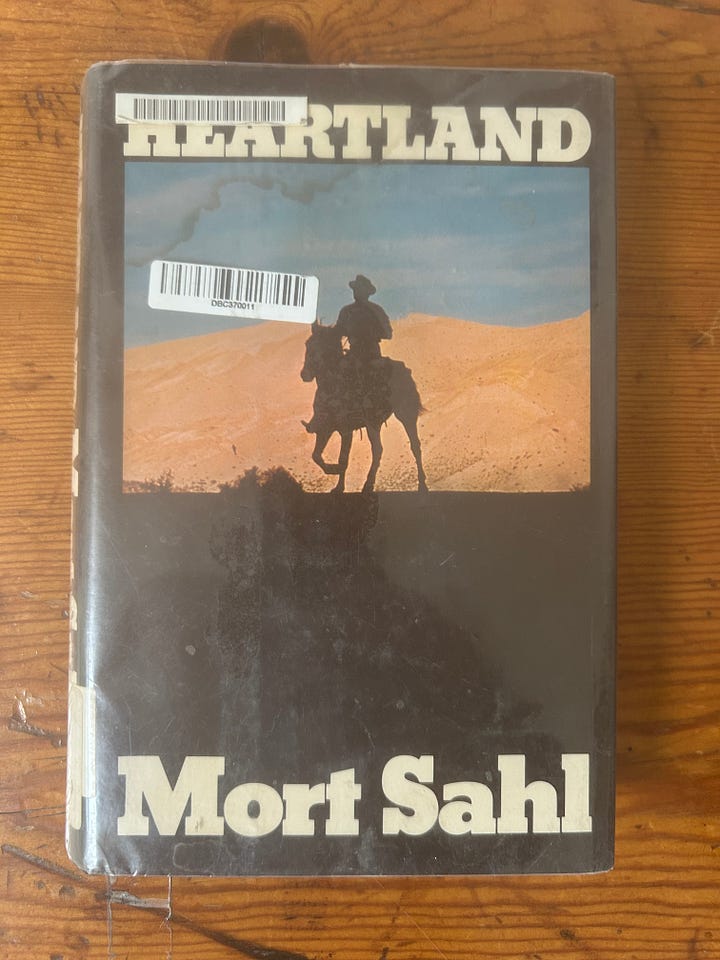
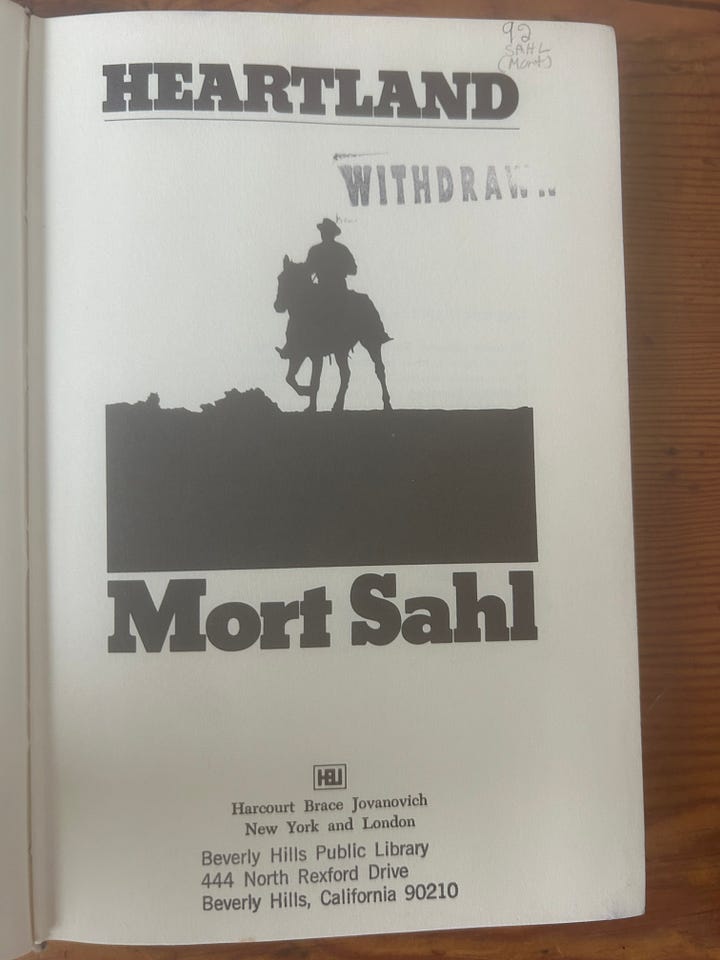
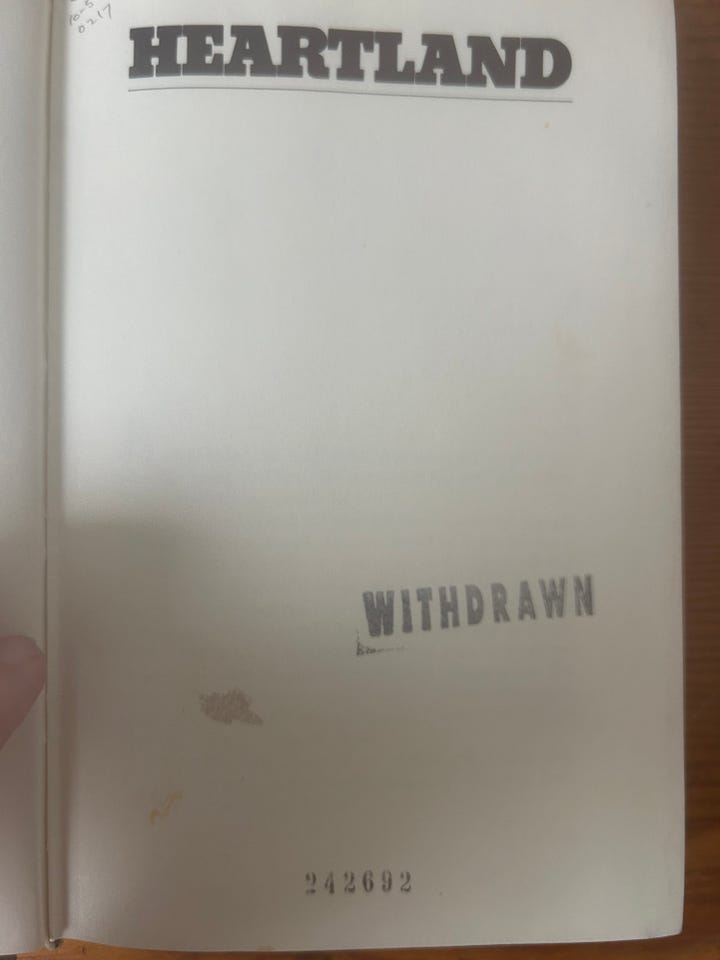

But back to my abebook’s copy of Gary Smith’s Beyond the Game. This wasn’t a library book, but there was this business card stapled to the inside of the cover. I had to flip it open for the reveal. Lo and behold, the business card of Radio.

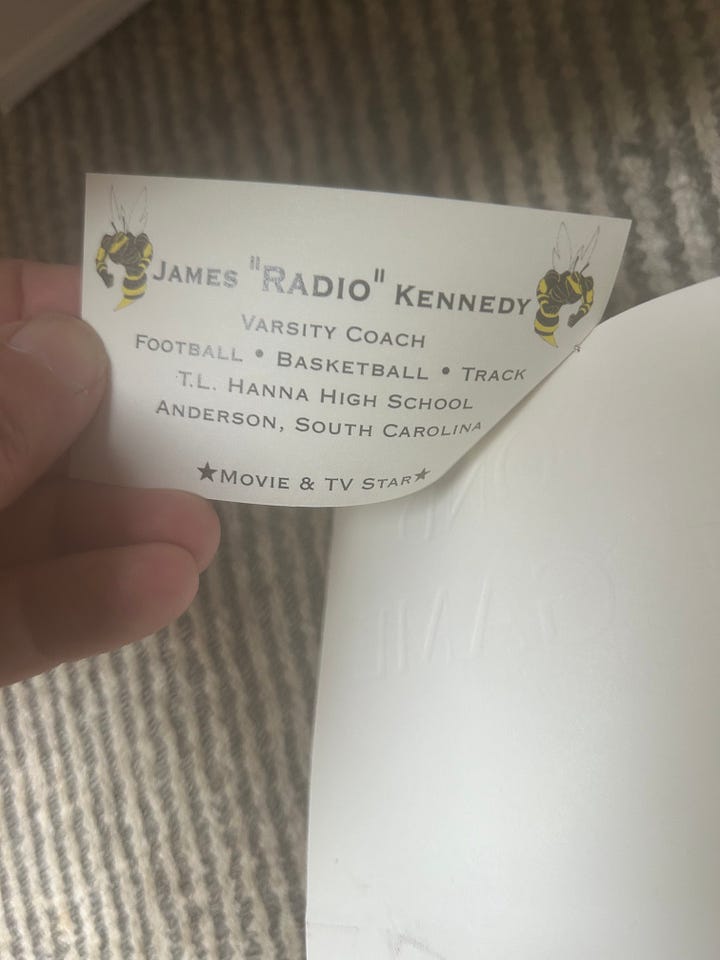
Yup, the original Cuba Gooding Jr.
That would have been enough, but it doesn’t end there. I kept flipping the pages and then another find.
The book was signed by, yes, Harold Jones, the coach who brought Radio into the fold, the original Ed Harris. I’ll save you the back-scrolling—it was Jones who told the New York Times that he became part of Gary Smith’s extended family after the SI story.
On the opposite page there was a scrawl which I can’t sort out.
Looks like a radio wave to me, if it’s not the signature of Radio himself, James Kennedy. That business card is … well, if not conclusive proof, it’s more than a trail of breadcrumbs.
Now we enter the where-are-they-now. Radio died a few years back, back, but I’m happy to report that Jones was still kicking and looking remarkably hale as of last year. Here’s a link to the story that appeared in the Easley Progress in April of last year. In the screen grab of the story below Jones has his arm around Coolrock, Radio’s surviving brother.
If you can believe it, the Progress’ story about Jones’s 90th birthday doesn’t mention the Sports Illustrated feature nor Gary Smith, who might have actually been in attendance, given the family vibe and proximity, being in S.C. and all. (Not my idea of Progress, sigh.)
I don’t know what the precise provenance of my copy of Beyond the Game—Russ, if you’re there, drop me a line—but on the off chance I reached out to T.L. Hanna in Anderson, S.C. to see if there’s contact info for the beloved coach emeritus Jones. Maybe there’s getting to Gary Smith through the back door.
Where is he now? Again, the only one who could plumb the psychology behind his mysterious decision is the fella who made it.




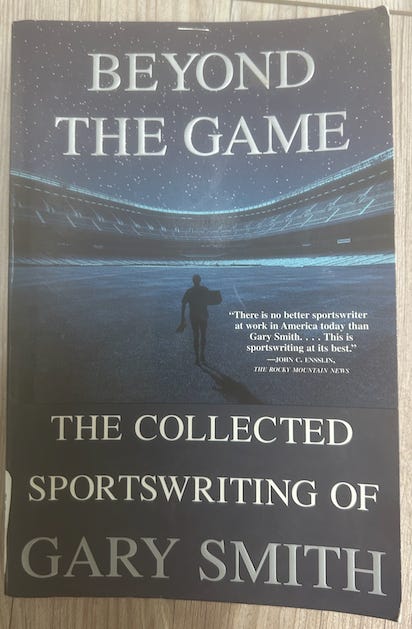




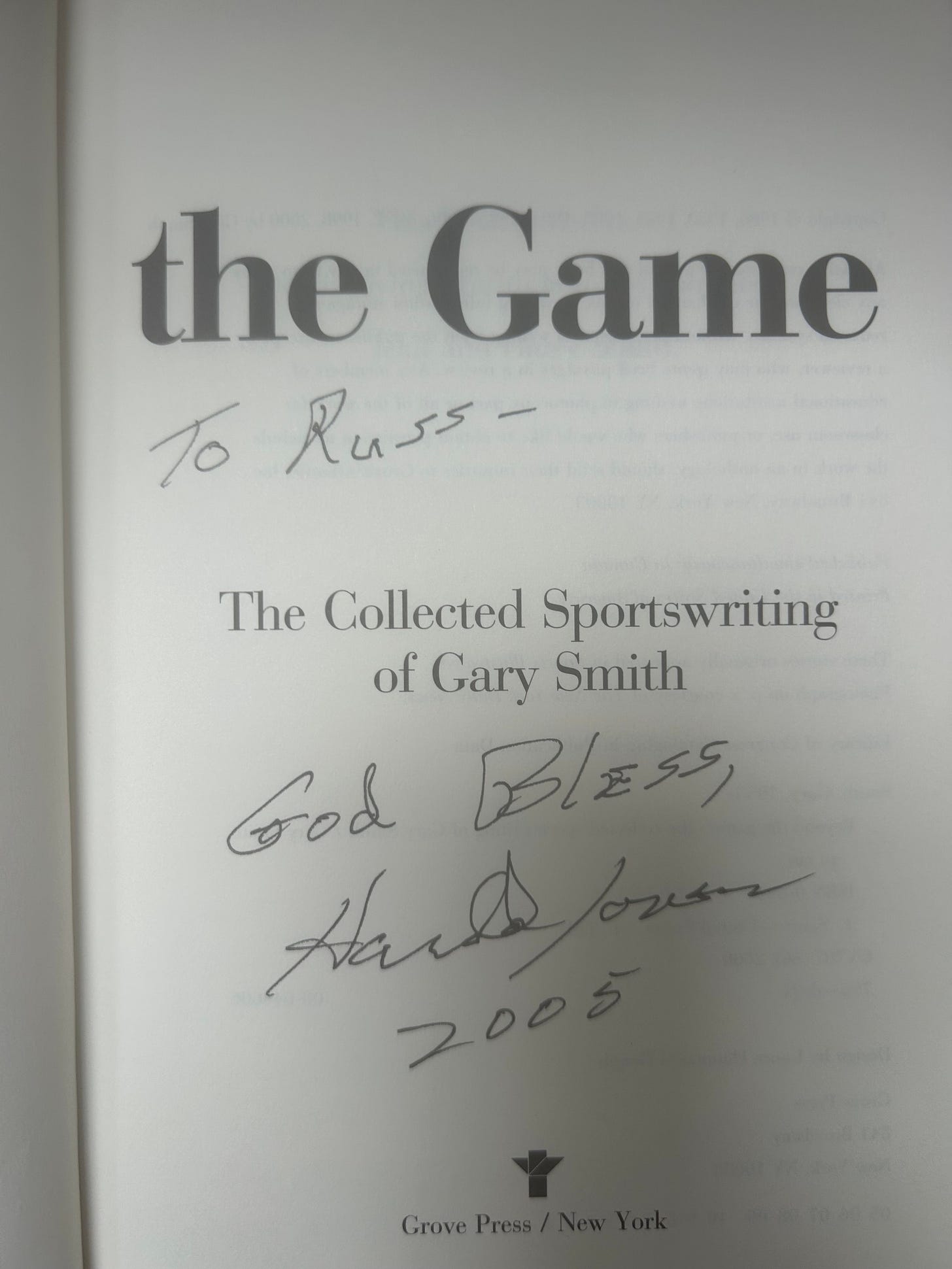


FYI if you’re looking for an old fashion used book store that will keep any reader busy for weeks, check out Bearly Used Books in Parry Sound. Ask Melissa for
her special rooms in the lower level.